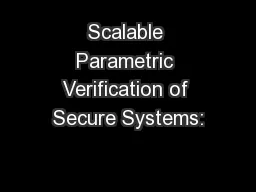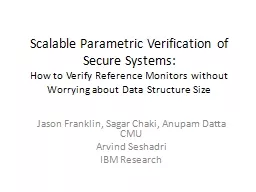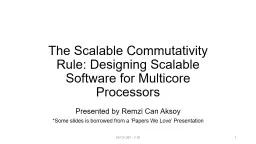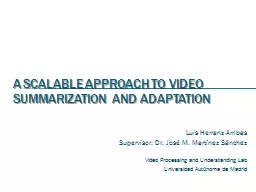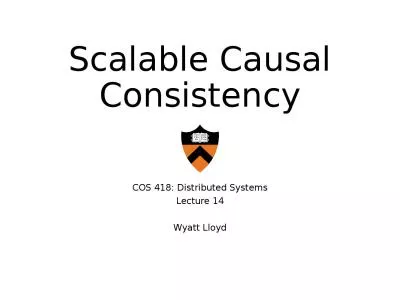PPT-Scalable Parametric Verification of Secure Systems:
Author : test | Published Date : 2015-11-23
How to Verify Reference Monitors without Worrying about Data Structure Size Jason Franklin Sagar Chaki Anupam Datta CMU Arvind Seshadri IBM Research Reference
Presentation Embed Code
Download Presentation
Download Presentation The PPT/PDF document "Scalable Parametric Verification of Secu..." is the property of its rightful owner. Permission is granted to download and print the materials on this website for personal, non-commercial use only, and to display it on your personal computer provided you do not modify the materials and that you retain all copyright notices contained in the materials. By downloading content from our website, you accept the terms of this agreement.
Scalable Parametric Verification of Secure Systems:: Transcript
Download Rules Of Document
"Scalable Parametric Verification of Secure Systems:"The content belongs to its owner. You may download and print it for personal use, without modification, and keep all copyright notices. By downloading, you agree to these terms.
Related Documents

